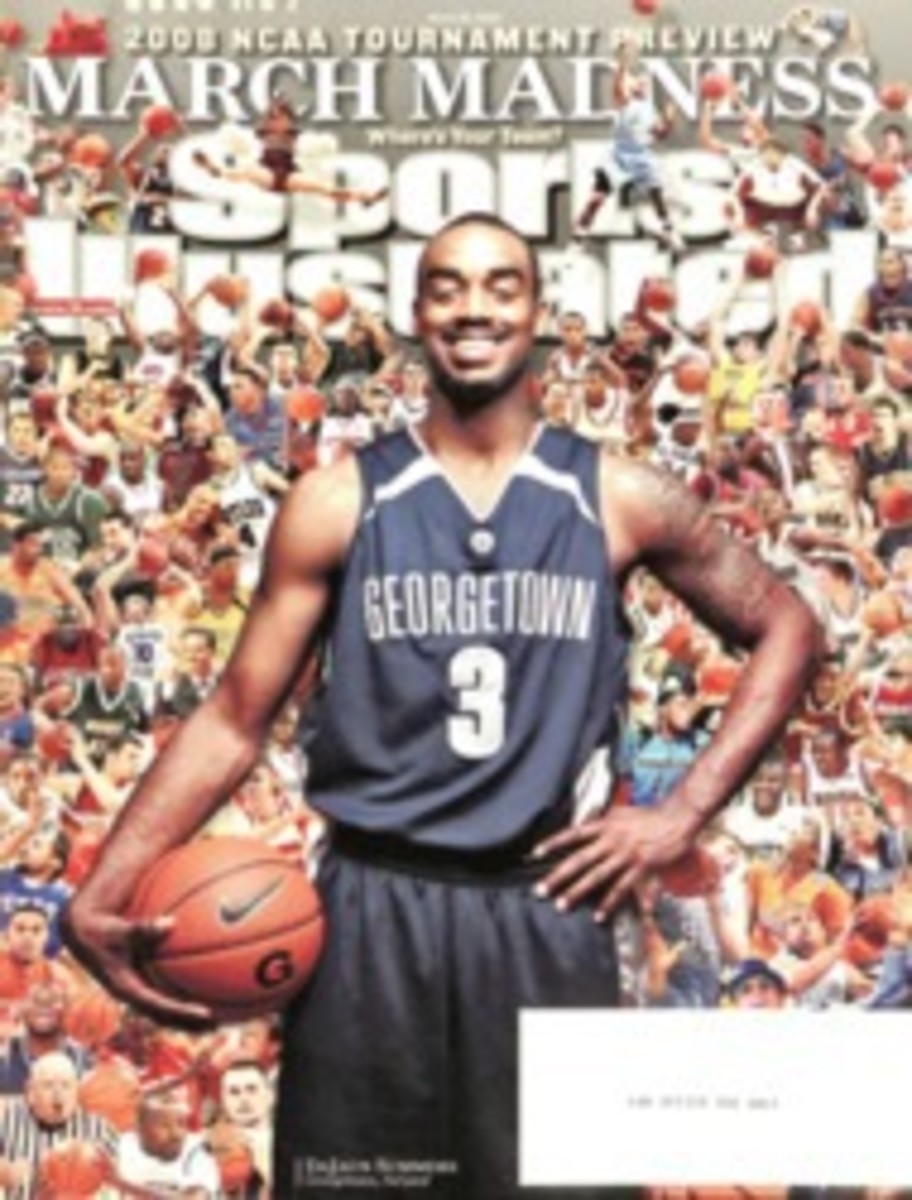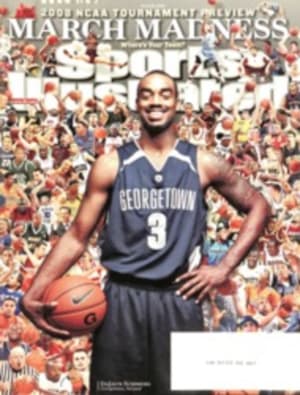
Caution Lights
THERE ARE plentyof big hits in an Arena Football League game, and this season it has been alittle easier to tell who has been on the receiving end of one. Each week about40 AFL players have been outfitted with something called the Shockometer, asensor attached to the back of the helmet. If a player sustains a jarring hit(one registering at least 98 g's of force, or roughly what you'd feel jumpingheadfirst off a 13-foot ladder), then the light on the Shockometer turns fromgreen to red, indicating that the player may have sustained a concussive blowand should be checked out.
Concussions arenotoriously difficult to diagnose; players who get them either aren't awarethey've been hit especially hard or don't want to show what might be perceivedas weakness by coming off the field. "We wanted to develop a warning systemthat would be fast and able to measure the impact of these collisions,"says Dave Rossi, chief marketing officer of Schutt Sports, which makes theShockometer and hopes to market it from the pros down to youth leagues. "Ared light doesn't mean the player automatically has a concussion, but it doesalert the team that this guy needs to be checked out."
The Shockometerremains a work in progress and will be used in a few AFL games each week. (Theleague hasn't released any data on how many red-light hits have beendelivered.) So far, the players who have worn the device have no complaints."It's completely unobtrusive," says Georgia Force quarterback ChrisGreisen. "Players take concussions seriously, and it's good to know thatthe league and Schutt are looking out for our safety. I'm glad it's beingtested."
PHOTO
JOE OLIVER/CHICAGO RUSH (HELMET)
PHOTO
JIMMY CRIBB/GEORGIA FORCE (HIT)
SAFETY FIRST A player with a red Shockometer has suffered a big hit and should be checked out.

